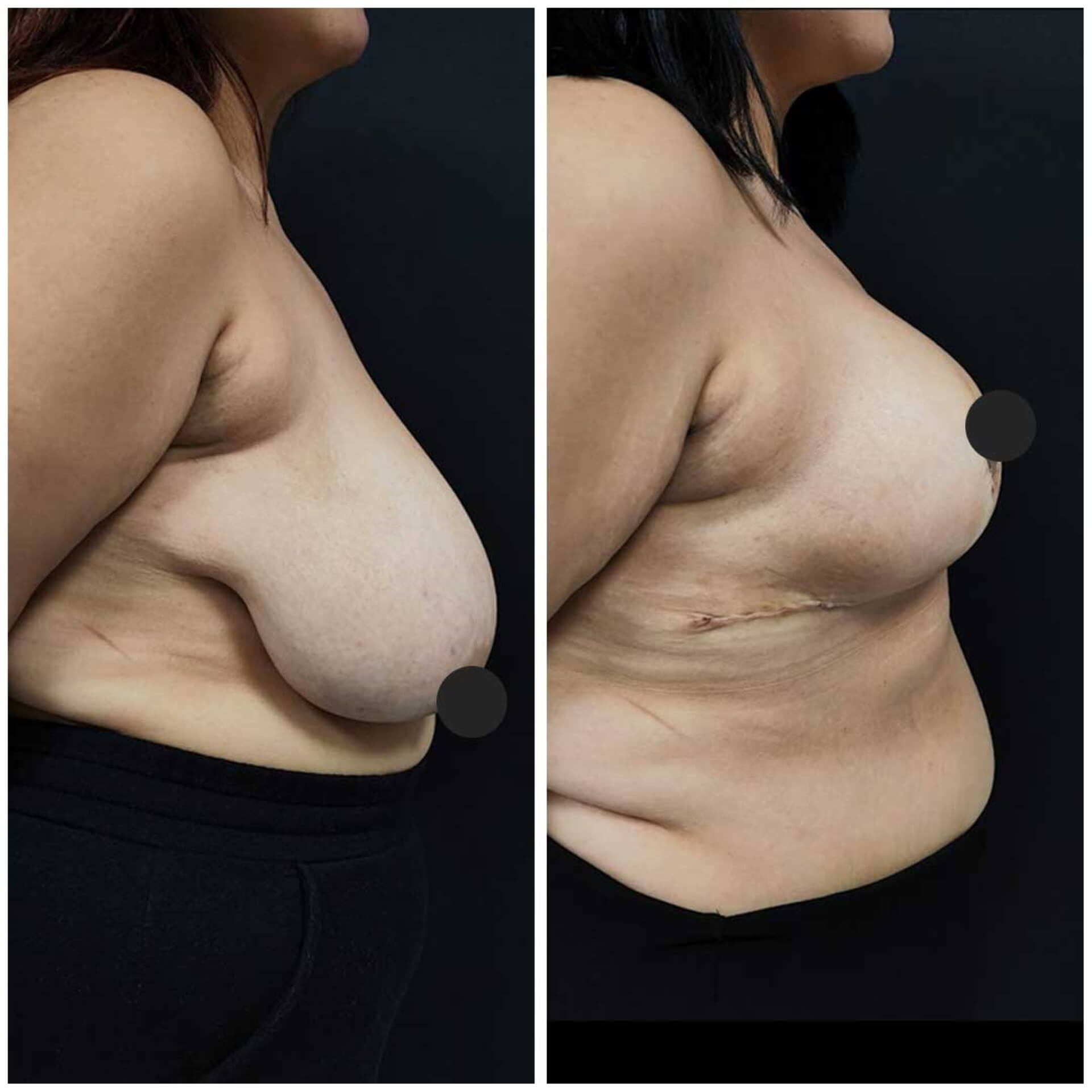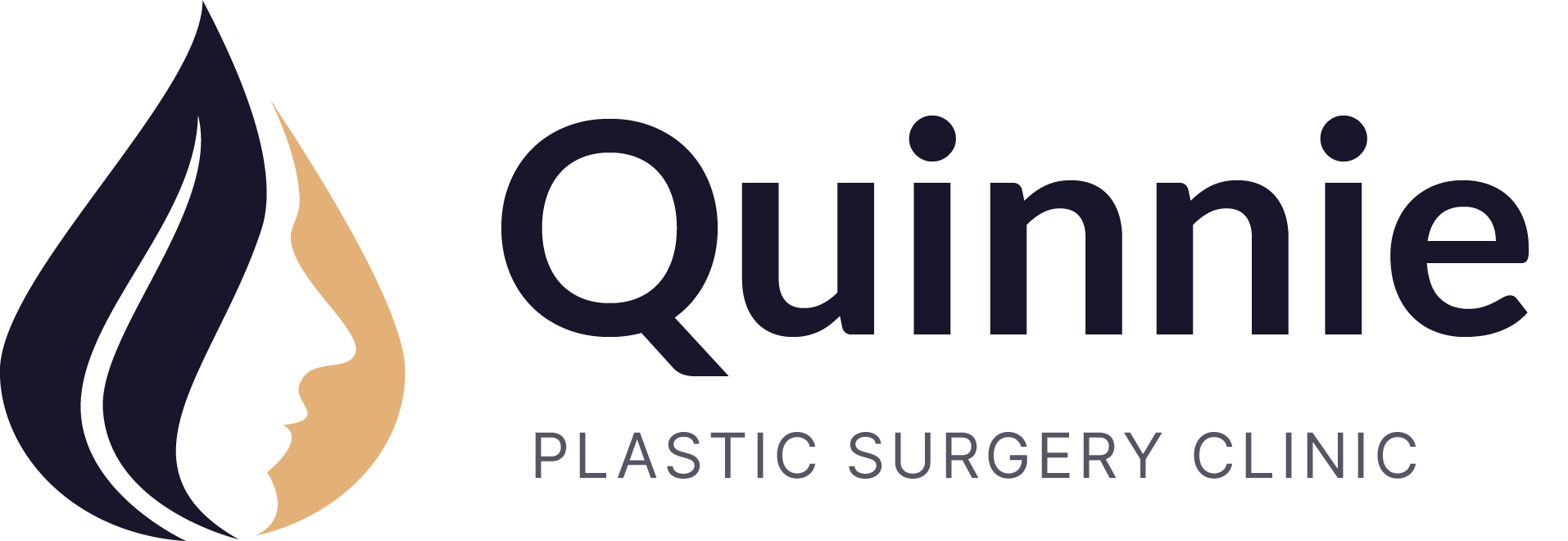A breast lift, also known as mastopexy, is a cosmetic surgical procedure designed to raise and reshape sagging breasts by removing excess skin and tightening the surrounding tissue.
Women who have lost breast volume and firmness due to aging, pregnancy, breastfeeding, or significant weight loss may benefit from a breast lift. Additionally, those who are unhappy with the appearance of their sagging breasts, regardless of their age or reason, may consider the procedure.
A breast lift can help improve the shape and contour of the breasts, increase self-confidence, and restore a more youthful and attractive appearance.
There are different techniques for lifting the breasts, the choice of which depends on the degree of breast sagging.
The three most common techniques are: periareolar incision, vertical incision, and anchor incision.
Periareolar incision is made around the areola, the dark pigmented area around the nipple. This technique is often used for mild to moderate breast lifts and the scar is usually well hidden at the areola border.
Vertical incision: This type of incision is made around the areola and then vertically down the breast. It is used for moderate to significant breast lifts and allows for greater tissue reshaping. The resulting scar is shaped like a lollipop, with a circular scar around the areola and a vertical scar down the breast.
Anchor incision: This type of incision is the most common technique used for significant breast lifts. It involves an incision around the areola, a vertical incision down the breast, and a horizontal incision along the inframammary fold (where the breast meets the chest). The resulting scar is shaped like an anchor and may be more visible, but it allows for the most significant reshaping of the breast.
After the incisions have been made, the surgeon will remove excess skin and reshape the breast tissue to lift and firm the breasts. If necessary, the surgeon will reposition the nipple to a higher position on the breast mound. Once the reshaping is complete, the surgeon will close the incisions with sutures or surgical adhesive.
When preparing for your surgery, it's crucial to inform your surgeon of any medications you're taking, allergies, or medical conditions, ideally during your consultation.
Quit smoking for two weeks before surgery to reduce anesthetic reaction risks and accelerate post-surgery healing.
Avoid aspirin, blood-thinning medications, vitamins, and herbs for two weeks before surgery to minimize post-operative bleeding.
Discuss your expected surgical outcomes at length with your surgeon to avoid any misunderstandings or surprises. During this consultation, you can also inquire about receiving breast implants with your breast lift.
Following a breast lift surgery, you will wake up with elastic bandages, gauze dressings, and a surgical bra, and are advised to limit movement. Pressure bandages will come off after a few days, but you'll still need to wear the surgical bra for several weeks until the swelling and bruising subside.
Expect bruising, swelling, and soreness in the breast area for up to a few weeks, which can be relieved with cold compresses and ice packs. Stitches will be removed after a week, and applying Vitamin E oil can help dry skin and minimize scarring.
Avoid strenuous activity, including raising or stretching arms above the head, for a few months to prevent tissue stretching and increased scarring.
You should feel generally recovered within two weeks, although soreness and swelling may still be present, with most people returning to work within three weeks.
Before undergoing a breast lift procedure, it's crucial to be aware of the potential risks associated with any surgical intervention. These risks include swelling, bruising, bleeding, and a reduced sensitivity to the nipple. In some cases, nerve damage during nipple repositioning may lead to numbness, which typically resolves over time.
Although nerves will regenerate eventually, it may take up to a year for full sensation to return to the nipple. Additionally, there's a risk of infection at the incision site if the wound isn't adequately cared for after the procedure. To prevent infection, it's important to follow your doctor's instructions regarding post-surgery wound care.
- New Me Health

